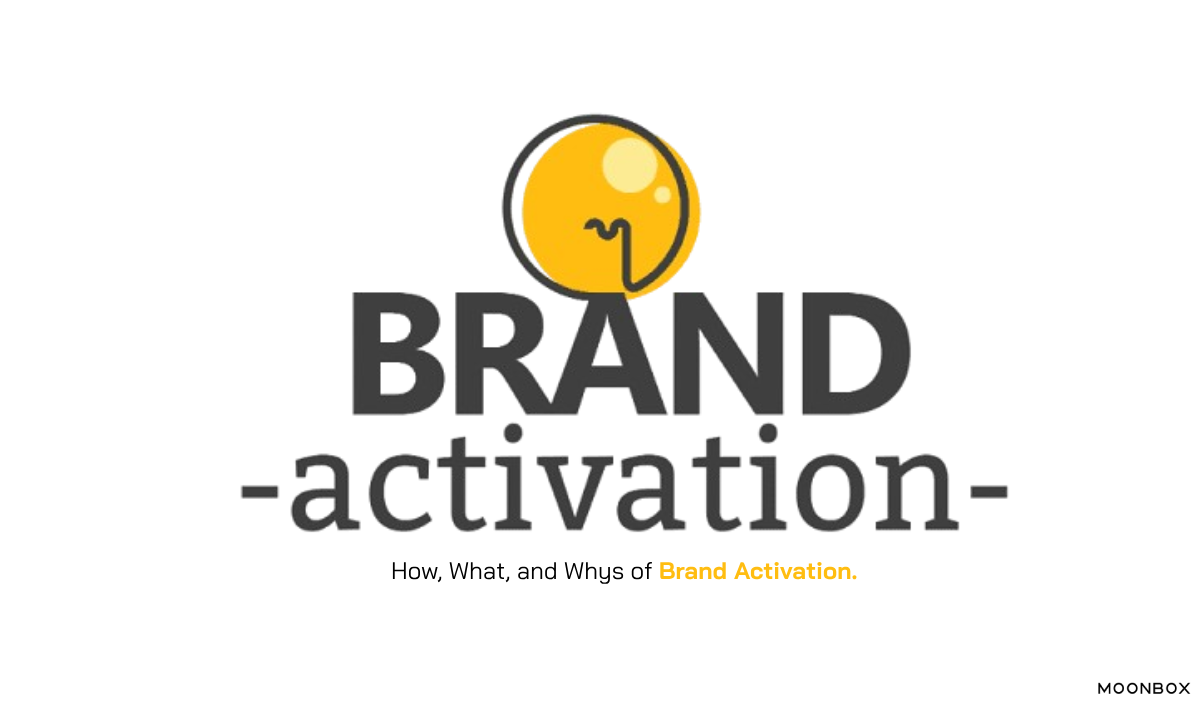Jan 20, 2025

Businesses need to have meaningful connections with their audience and should build loyalty and encourage engagement. To have products or services for your business is not enough in this competitive marketplace And that is where you need brand activation, the real buzz behind your brand’s success. It is one of the best strategies to make your brand memorable.
With impactful and unique experiences brand activation brings your brand more live and closer to your audience. Creating memorable experiences and interactions enhances visibility and engagement and it also builds loyalty. Unlike traditional marketing campaigns, brand activation will focus more on leaving an impression by involving the customers in the brand narrative.
The objective is to create an emotional bond with audiences that turns them into brand evangelists, whether this is accomplished through an influencer collaboration, interactive digital campaign, or live event.
Brand awareness is the base of successful brand activation. When consumers trust and recognize your brand, then they will have a preference for your product or service compared to others. Awareness influences customer decisions, creates new customers, and loyalty eventually drives profitability.
A successful activation campaign not only increases awareness but also makes a brand memorable while positioning it in the minds of consumers as the leader.
There are several key objectives when it comes to brand activation:
A well-executed brand activation strategy aligns with the brand’s values and speaks directly to its target audience, ensuring long-term success.
The best measure of any kind of marketing strategy would be its impact on the bottom line.
Brand activation achieves this by:
Brand activation not only drives initial sales but also nurtures long-term customer relationships that sustain growth.
Brand activation is centered on customer involvement. Customers are more likely to become devoted brand ambassadors when they have an emotional connection to the company. Engaging campaigns:
For example, a brand that hosts an interactive event or launches a creative digital challenge is not just showcasing its products—it’s building a community.
Brand activation comes in various forms, each offering unique opportunities for engagement:
Each type of activation should be tailored to align with your brand’s goals and audience preferences.
A successful brand activation strategy begins with understanding your target audience.To make one, follow these steps:
There is no one-size-fits-all strategy for brand activation. Customize your campaigns to fulfill particular business objectives and represent your brand identity.
One creative and revolutionary way for companies to differentiate themselves from the competition and boost engagement and brand loyalty is through brand activation. A brand may engage with its audience, increase income, and improve exposure by creating meaningful and memorable experiences.
Brand activation has now become a business necessity as the market today is so competitive that brand activation has become more than just a choice.
What is brand activation?
Brand activation creates impactful experiences that enhance brand visibility, engagement, and loyalty by connecting customers with the brand.
Why is brand activation important?
Fostering memorable interactions helps businesses stand out, draw in new clients, and establish enduring partnerships.
What are examples of brand activation?
Examples include in-store demos, pop-up events, influencer campaigns, and digital challenges.
How do I develop a brand activation strategy?
With a clear understanding of your audience, setting objectives, and crafting engaging campaigns while measuring their success.
Who can benefit from brand activation?
Businesses that are looking to enhance their brand visibility, and loyalty and make revenue will benefit from a brand activation strategy.
